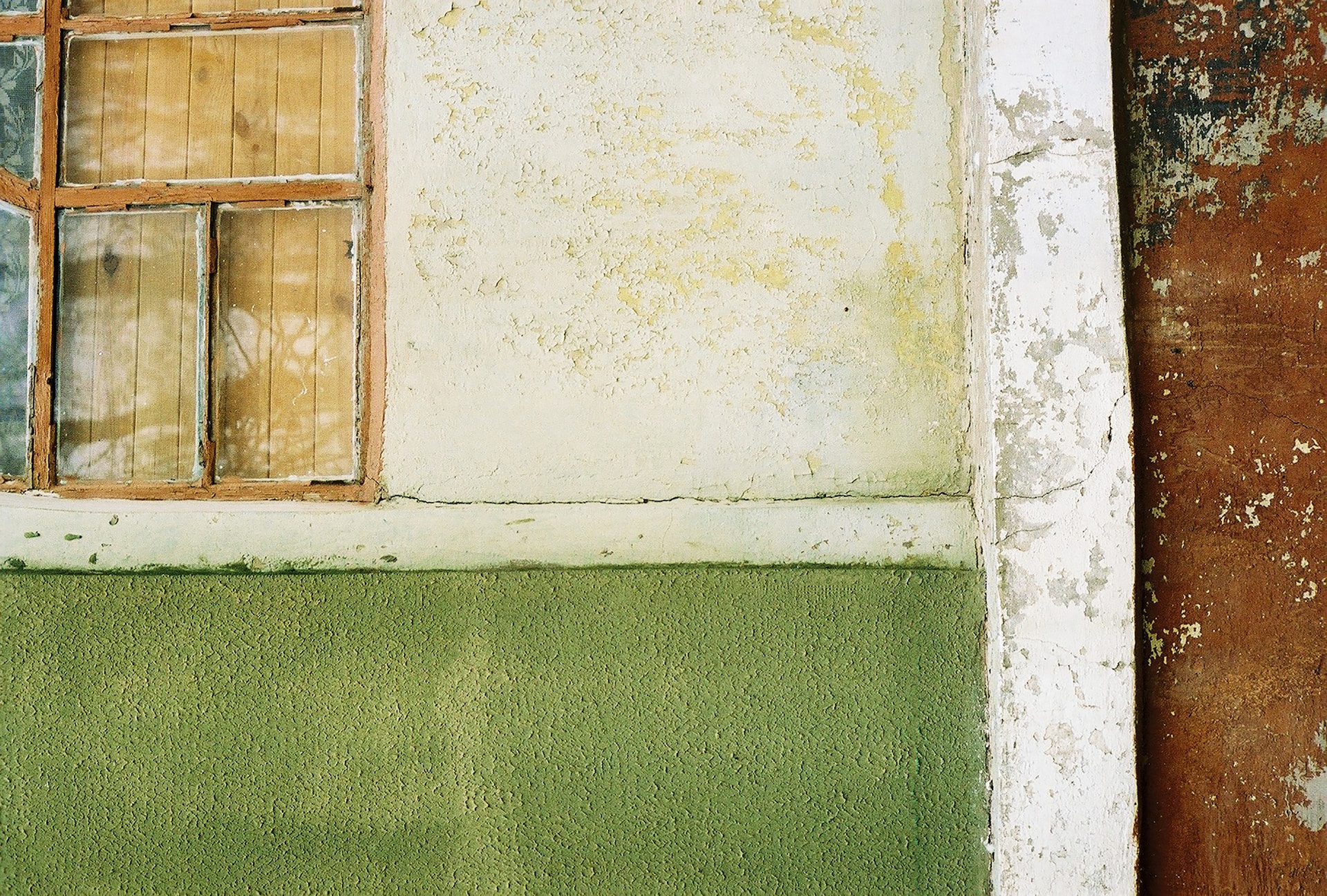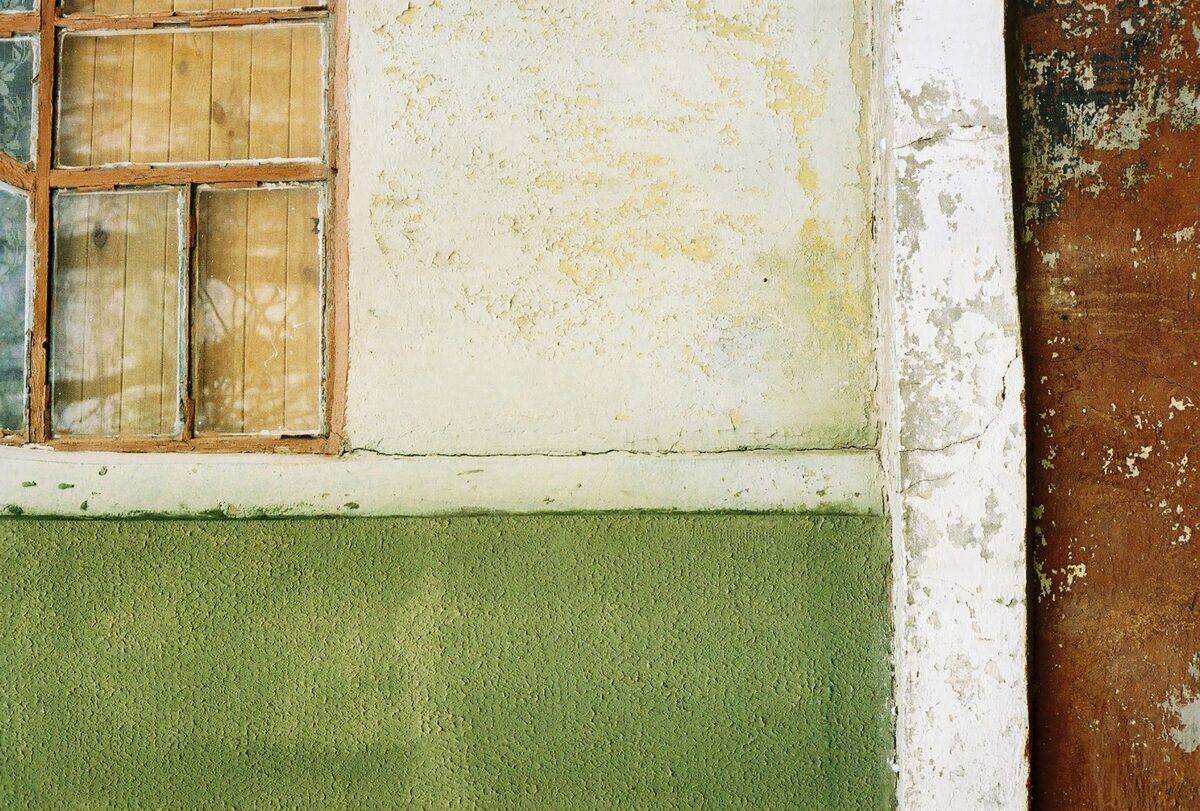The Silent Invader: How Poor Ventilation Spurs Mold Growth

Every homeowner's nightmare involves the unassuming growth of mold in their living spaces. Yet, what many fail to realize is that the culprit for much of this mold's proliferation lies not in the porous materials it invades, but in something far more subtle—poor ventilation. This silent invader creeps into our homes through neglect or through designs that unintentionally seal off the breath of structures. This guide reveals how poor ventilation silently encourages mold to grow and the definitive signs to watch for in your home. Don’t just fight mold; learn to starve it.



